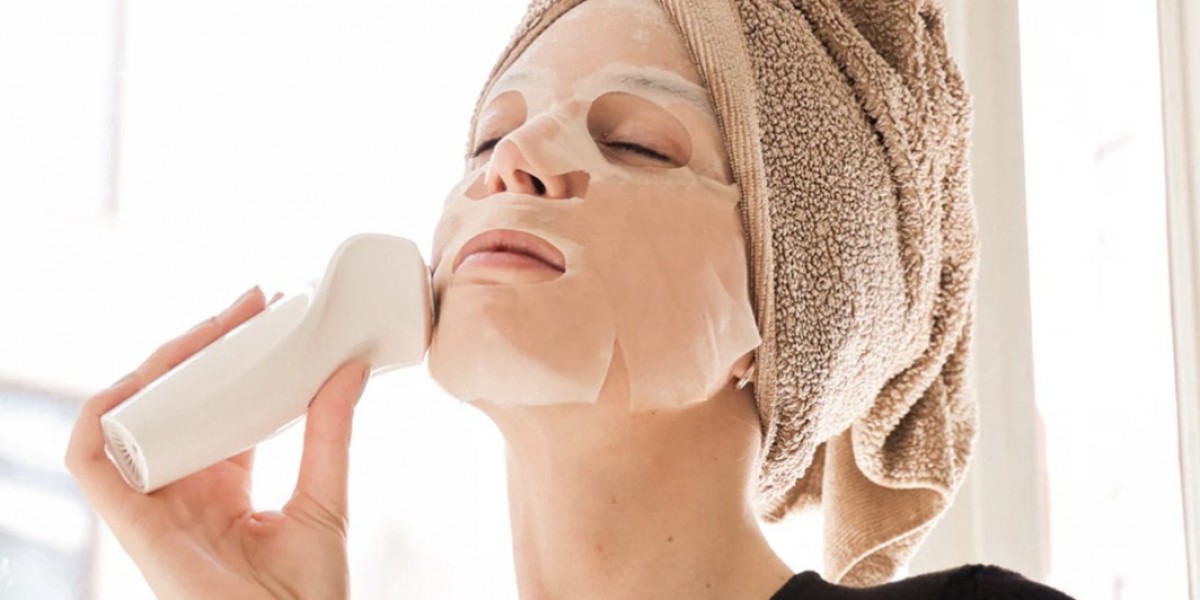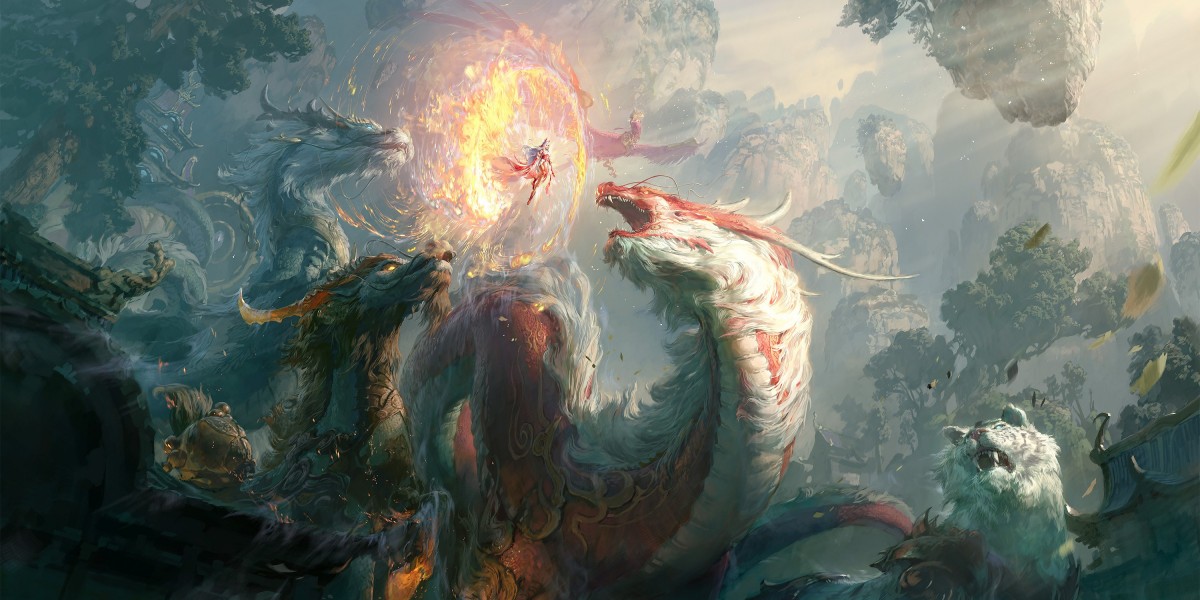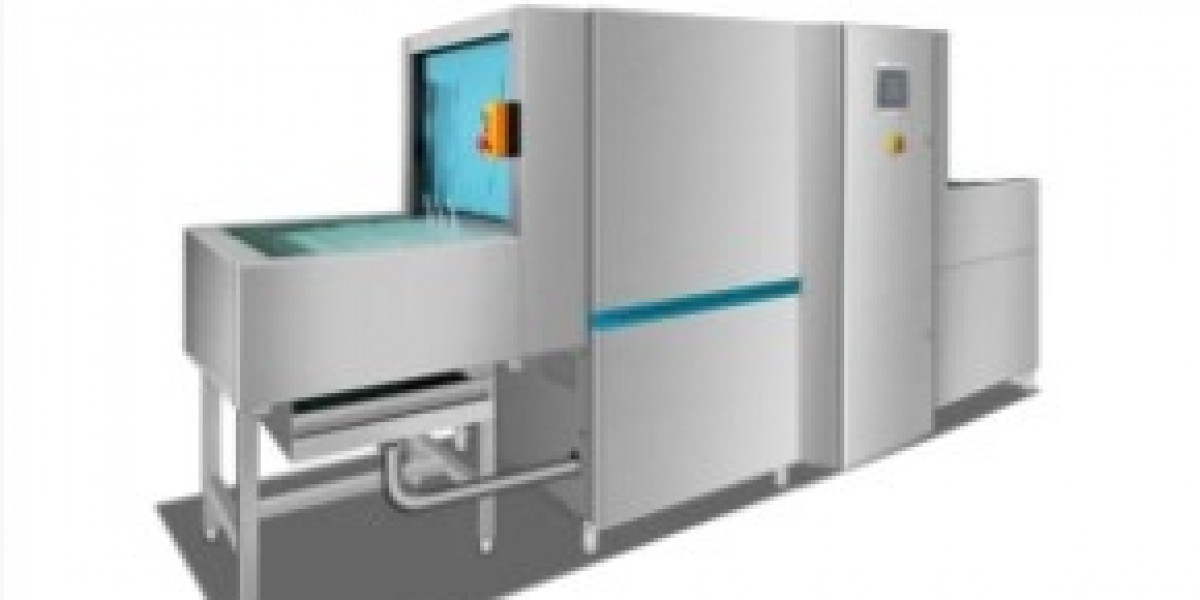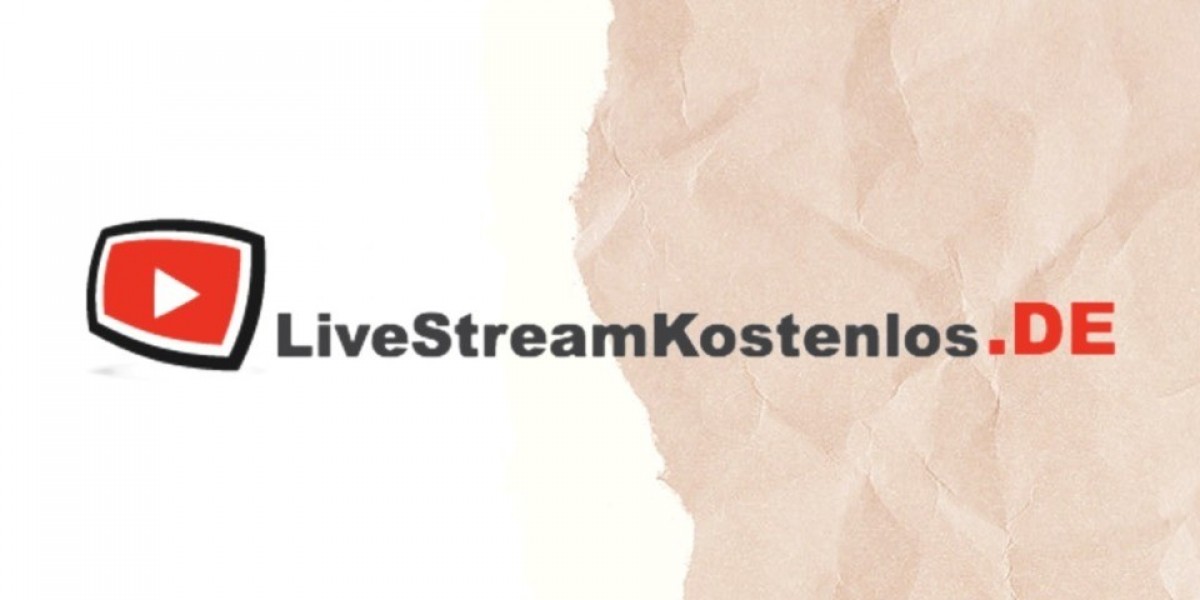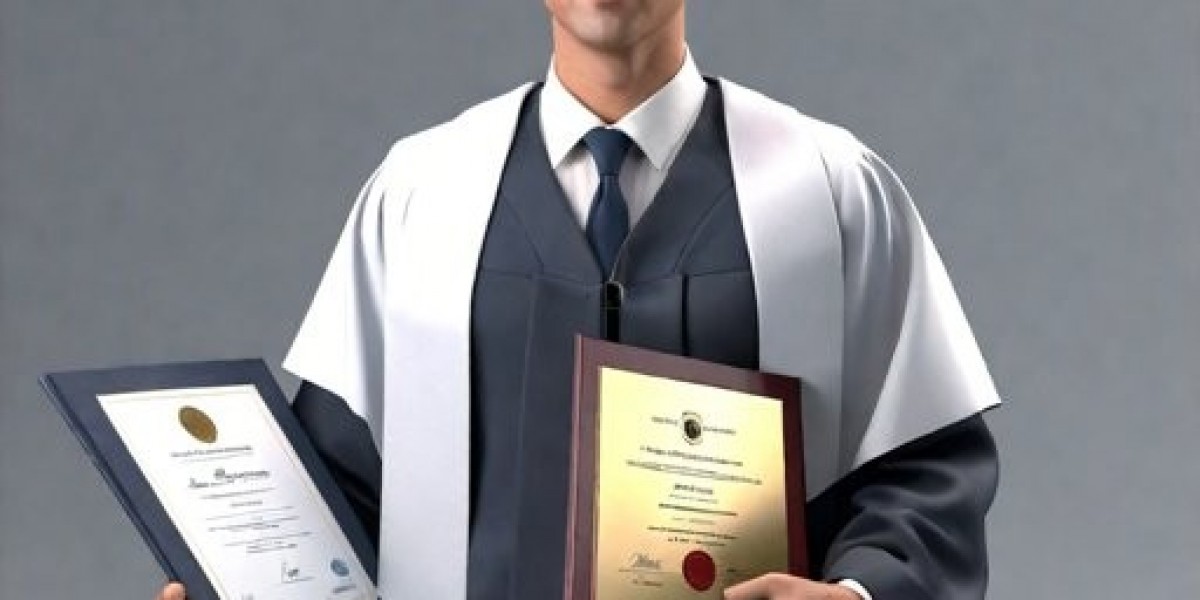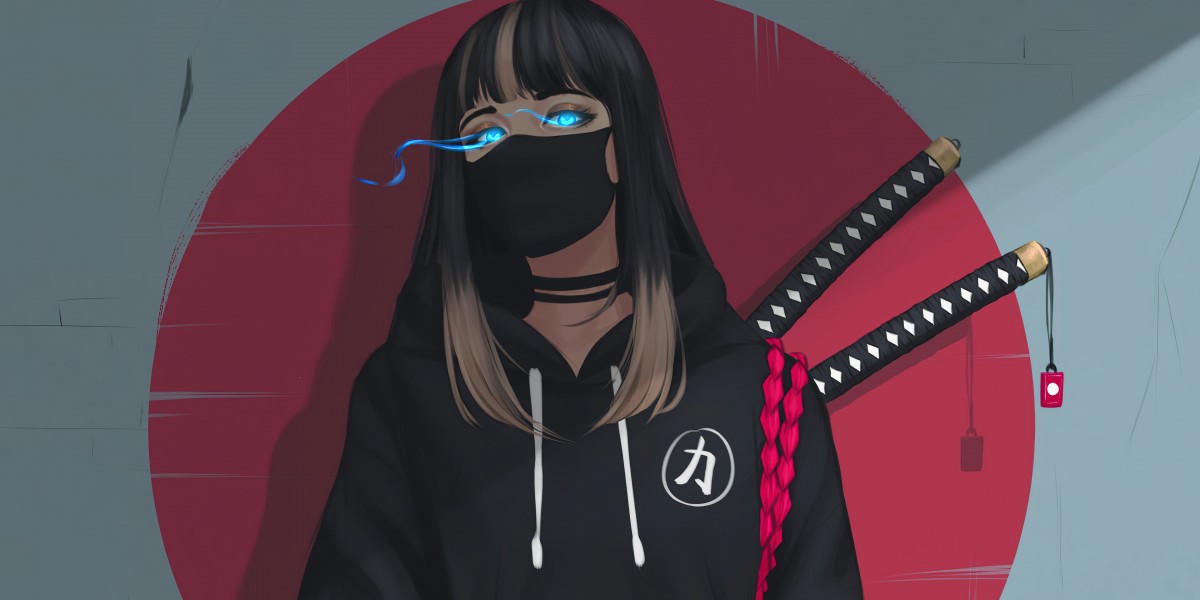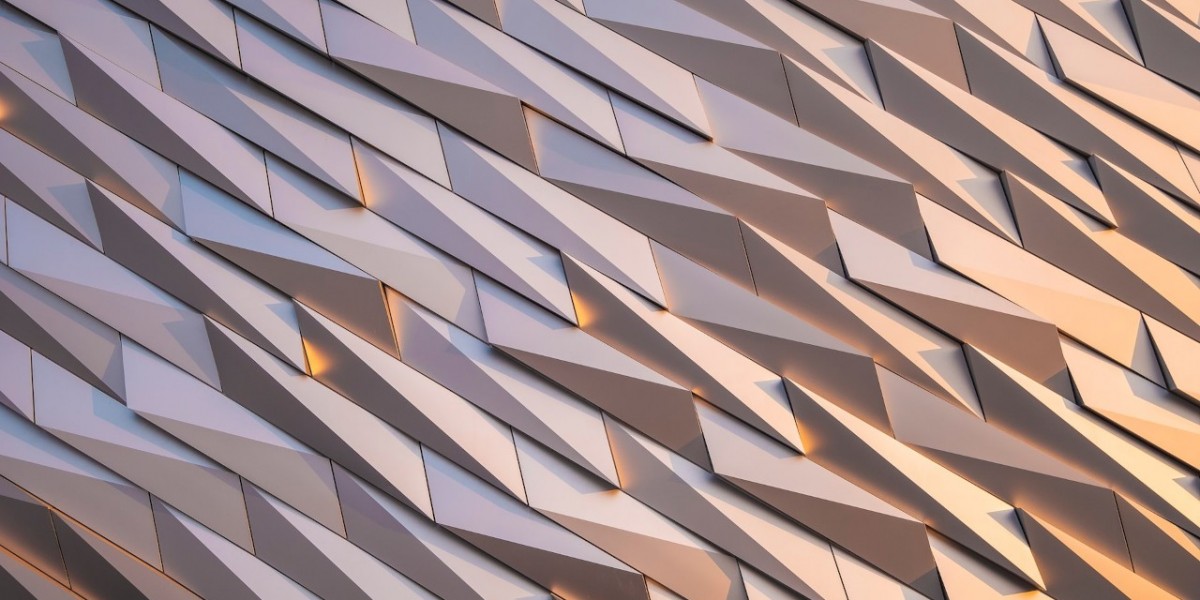Elaborate Designs:
- Carnival costumes are known for their elaborate and eye-catching designs. They often feature bright colors, sequins, feathers, and intricate details. Costumes may be inspired by cultural themes, fantasy, or historical elements.
Themes and Inspirations:
- Costumes are often designed based on specific themes or inspirations. This can include cultural motifs, folklore, mythology, nature, or even pop culture references. Carnival participants take pride in creating and wearing costumes that reflect their interests and imagination.
Group Themes:
- Many carnival-goers organize themselves into groups with coordinated themes. Group costumes may tell a story, represent a specific concept, or showcase unity and creativity. This adds a dynamic and collective element to the overall carnival experience.
Traditional Attire:
- In some regions, carnival costumes may incorporate traditional or historical attire. This connects the celebration to local customs and heritage, adding a unique and culturally rich dimension to the costumes.
Feathers and Sequins:
- Feathers and sequins are commonly used in carnival costumes to create a sense of glamour and extravagance. These elements catch the light, adding a sparkling and dynamic visual effect as participants move and dance.
Masquerade Masks:
- Masquerade masks are a classic element of carnival costumes. They add an element of mystery and intrigue. Participants may choose masks that are ornate, theatrical, or themed to complement their overall costume.
Makeup:
Bold and Vibrant Colors:
- Carnival makeup is characterized by bold and vibrant colors. Participants use a wide range of hues to create dramatic and attention-grabbing looks. Bright eyeshadows, lip colors, and face paint are commonly used.
Face and Body Painting:
- Face and body painting are integral to carnival makeup. Participants transform their faces and bodies into living canvases, depicting intricate designs, patterns, or even scenes. Face paint may include symbols, animals, or abstract art.
Glitter and Gems:
- Glitter and gemstones are popular additions to carnival makeup. They add sparkle and a sense of fantasy. Glitter may be applied to the face, body, or hair, creating a dazzling effect in the festive atmosphere.
Themed Makeup:
- Carnival makeup often aligns with the theme of the costume. Whether it's a mythical creature, a historical figure, or a cultural symbol, participants use makeup to enhance and complete the overall look.
Expression of Individuality:
- Makeup during carnival is a form of self-expression. Participants have the freedom to experiment with bold looks, express their creativity, and embrace a temporary transformation that adds to the celebratory atmosphere.
Costumes:
Costume Construction:
- The construction of carnival costumes involves the use of various materials such as sequins, beads, feathers, and fabric. Artisans meticulously sew or craft these elements to create visually stunning and elaborate ensembles.
Textile Techniques:
- Textile techniques, including embroidery, appliqu, and beadwork, are employed to add intricate details to costumes. These techniques enhance the texture and visual richness of the garments.
Cultural Referencing:
- Carnival costumes often incorporate cultural references, requiring a deep understanding of historical attire, traditional clothing, and symbolic elements. Designers may integrate specific cultural motifs to convey authenticity and relevance.
Theme Integration:
- Designers strategically integrate thematic elements into costumes, ensuring that the overall ensemble aligns with the chosen theme. This may involve incorporating symbols, colors, and patterns that convey a particular narrative or concept.
Structural Design:
- The structural design of costumes is carefully considered. Elements such as wire frames, corsets, or supporting structures may be used to achieve specific shapes or silhouettes. This adds a level of theatricality and grandeur to the costumes.
Feather and Sequin Application:
- The application of feathers and sequins requires precision. Designers strategically place these embellishments to create dynamic visual effects. The arrangement of feathers and sequins is often meticulous, contributing to the overall vibrancy of the costume.
Group Coordination:
- In group settings, coordination becomes crucial. Designers must ensure that group costumes harmonize in theme, color palette, and design elements. This may involve creating a cohesive visual narrative that connects individual costumes within the larger ensemble.
Makeup:
Color Theory in Makeup:
- Carnival makeup relies heavily on color theory. Makeup artists select and blend vibrant colors to achieve a harmonious and eye-catching look. Understanding color combinations, contrasts, and gradients is essential for creating striking effects.
Face and Body Painting Techniques:
- Face and body painting techniques are employed to transform individuals into living works of art. This includes brush techniques, stippling, and layering to create intricate designs or scenes on the face and body.
Detailed Face Mapping:
- Makeup artists engage in detailed face mapping, considering the contours and features of the face. This precision allows for the creation of optical illusions, thematic representations, or storytelling elements on the canvas of the face.
Special Effects Makeup:
- Special effects makeup, including prosthetics, latex applications, and three-dimensional elements, may be incorporated for theatrical impact. This adds an extra layer of creativity, allowing participants to embody fantastical characters or creatures.
Glitter and Gem Application:
- Makeup artists skillfully apply glitter and gemstones to enhance the festive and glamorous aspects of carnival makeup. The placement of these elements is strategic, contributing to a dazzling and captivating appearance.
Themed Makeup Coordination:
- Coordinating makeup with the theme of the costume is essential. Makeup artists work closely with costume designers to ensure a seamless integration of visual elements, aligning the makeup with the overall narrative of the costume.
Longevity and Durability:
- Given the lively and energetic nature of carnival celebrations, makeup must be designed for longevity and durability. Makeup artists may use setting sprays, primers, and high-quality products to ensure the makeup withstands the festive atmosphere.
In summary, the technical language associated with costumes and makeup during carnival involves expertise in textile techniques, cultural referencing, structural design, color theory, and precision in makeup application. The synergy between costumes and makeup contributes to the vibrant and visually stunning spectacle that is characteristic of carnival celebrations.
